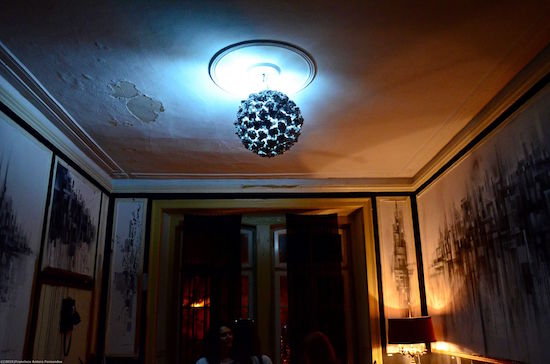Photo by Francisco Antero Fernandes
It was thanks to the Out.Fest music festival that I first came to the Associação para o Desenvolvimento das Artes e Oficios (that’s ‘Association for the Development of Arts and Crafts’ or ADAO). On the Saturday, the festival organisers had spread some 14 gigs out across the many rooms and halls of the building.
The artists, for whom this former fire station provides studio space, had opened up their studios for the occasion, making each venue – and many rooms that weren’t being used as venues – into immersive temporary installations. Walking over the railway tracks in the dark to approach the concert, the place had looked rather imposing, looming out of the shadows like a b-movie haunted house. But inside it was a wonderland.
There were rooms containing hanging sculptures made of beer cans, the walls covered in graffiti. Other rooms with an antique chaise longue and walls bearing expressionist drip paintings in ornate gold frames. In a third room, you would walk in to be greeted by a porcelain dog with a woman’s arm behind a steel cage like geodesic dome. Musicians performed under Calder-esque mobiles made of Japanese-style fans. Beneath the stairs there was a tiny little two-seater cinema with a revolving selection of artists’ films.
For over a hundred years, since 1894 when it was built, this place provided sleeping quarters and mess rooms for the local fire service. But in 2008 it was left derelict, with new digs for the fire fighters built across town. Since then, it has been occupied by a group of some 14 artists, working cooperatively to restore and maintain the building. There’s a huge range of different kinds of work being done at ADAO, from the Georg Grosz-esque expressionist paintings and sculptures of André Neves to the clothing and textiles of Núria Vitória, from the sound spatialisation experiments of José Bica to the found object sculptural assemblages of Lugu Test Area (the collective name for the duo Luis Guerreiro and Virginie Planques).
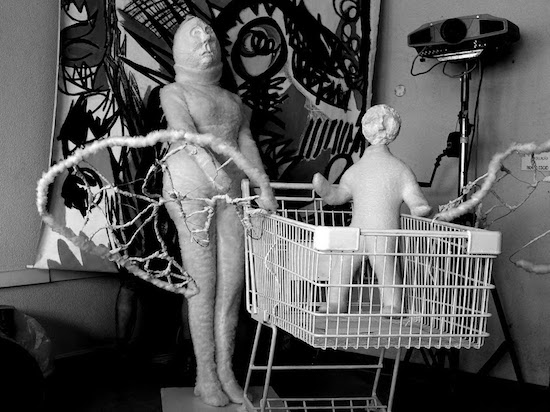
Photo by Jorge Sol
To get more of a sense of the place and what’s going on there, I spoke to Jorge Sol, a photographer with an eye for texture and abstraction, as well as being a member of the ADAO committee.
Tell me about the group behind ADAO
We work in the production and decoration of events, ranging from painting and sculpture to art restoration and sound, always in a sustainable environment and taking on ecological perspectives. At our core, we have an interdisciplinary coordinating team that oversees the structure of the association, from its programming to its presentation design.
We also have an educational program that encompasses a direct interaction with the schools in the city, mainly amongst art students. Furthermore we also organize workshops regarding a broad set of areas from permaculture to lutherie.
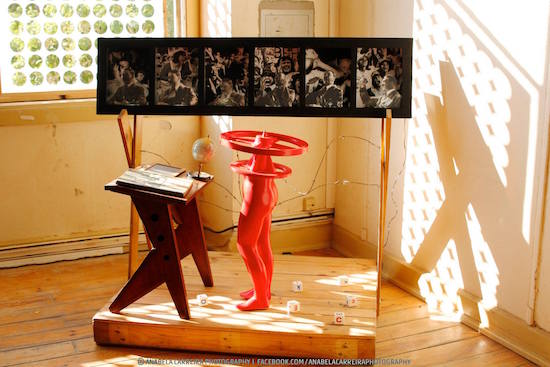
Photo by Anabela Carreira
What drew you to this particular building?
Barreiro is a post-industrial city and this building mirrors it well. We were drawn to the space itself, to its architectural dimensions and its surroundings, in particular the neighbouring railroad tracks, stations and junctions that made the city grow in the past.
How did you come to occupy it?
The idea came to us since we were an association that needed a headquarters. We made our request to the entity responsible for the site (CP – “Comboios de Portugal”), sharing our project and the interest in rehabilitating the building with them. We had some help from the community in the form of volunteer work as well as some donations made by the growing number of associates.
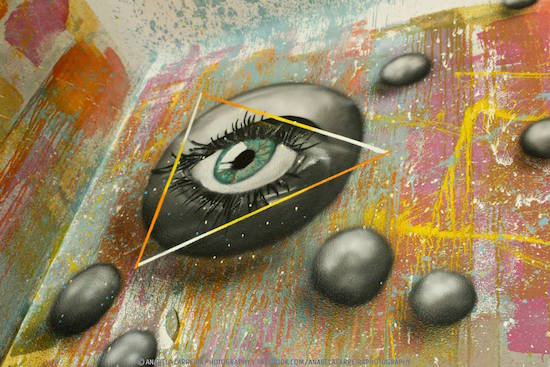
Photo by Anabela Carreira
What were the particular challenges you faced in converting it from a disused fire station to a suite of artists’ studios and exhibition spaces?
It is a work in progress. The site itself and its sub-divisions have been in constant metamorphosis. Some room are assigned to resident artists while others are used for particular artistic interventions. Currently we are starting to work on the adjacent building which is already being used for storage and will be repurposed as a workshop and some of its subdivisions can even be used for lodging.
The difficulties we have arise from the need for supplies necessary for the restoration works. This craftsmanship depends on material logistics that are not always within our reach but that can be made easier by foreign entities, be they companies, individuals, or consortiums. However, due to the adhesion of local artists and others in a voluntary and altruistic basis, the project – complex as it may be – becomes a reality step-by-step.
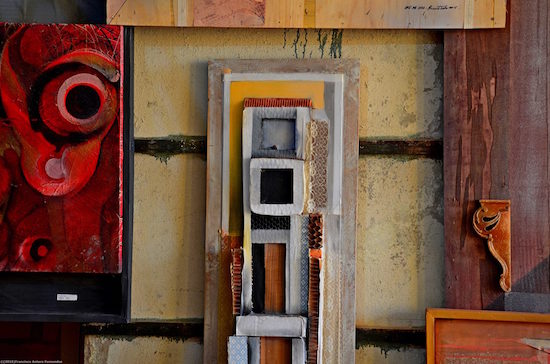
Photo by Francisco Antero Fernandes
Tell me about the very first public exhibition you held at ADAO – and what have been some of the highlights for you, in terms of the events and exhibitions you have had since then?
Our first event was the July 20th 2015 Open Day, and it was something of the likes Barreiro hadn’t seen for a long time. It brought back the feeling of union lived in past days, with an open-minded and joyful public. The huge turnout and the very positive feedback on the part of the press and the people attending left us flattered.
As such, we adopted what we decided to call the “ADAO Open Day” as a regular format in which we open our doors to the public as a way of gathering support to our project and showing our work to the community. So far we have hosted three Open Days, the lat one being in the 7th of November.
For each event in this format we put together a multidisciplinary collective of residing and invited artists that wish to promote their work, always aiming at innovating the space by means of painting, sculpture, tattooing, sound installations, performances, concerts and so on.
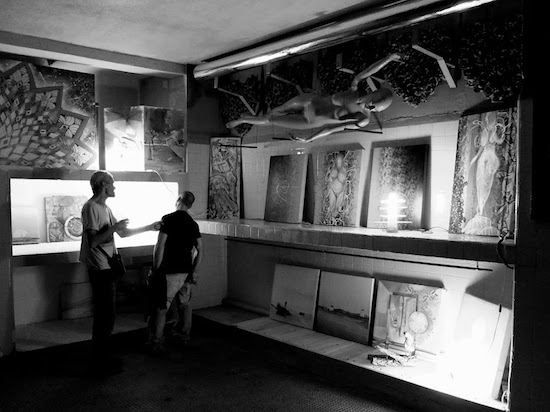
Photo by Jorge Sol
What plans do you have for the place in the future?
We will see what the future has to offer. A hostel is one of the ideas, but the space becomes limitless when new ideas start to come up. We would like to see all the ideas we have materialized but even with all the effort and dedication we put in, there are always financial constraints.
Above all, our goal is to make ADAO an undeniable mark in the city’s cultural panorama and a dynamic centre of cultural events capable of communication and synergy with others, both on a national and an international level.
On 6 December, ADAO will host the closing party for the Barreiro Rocks festival. The 4th ADAO open will take place in February 2016. For more information check out the ADAO website

